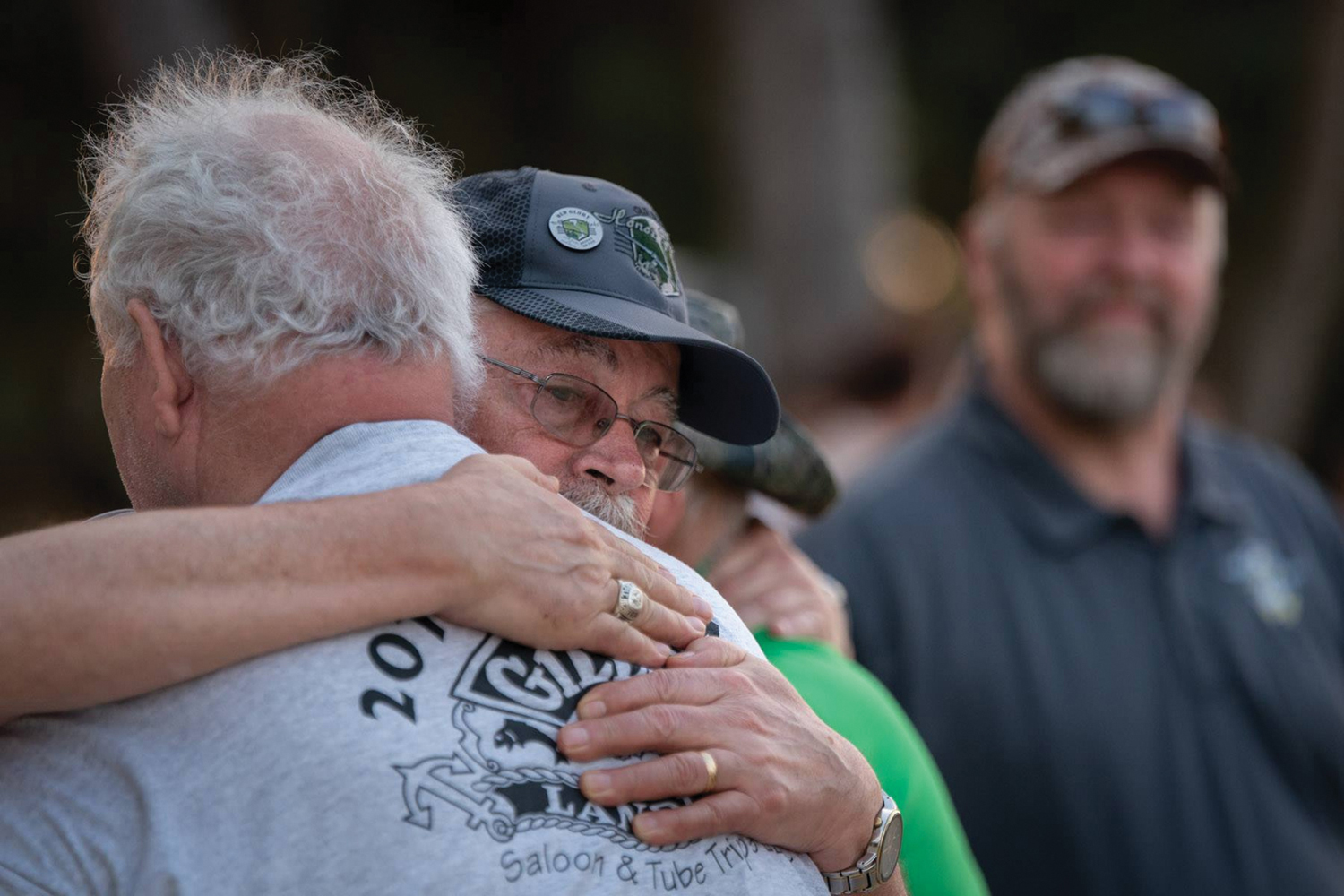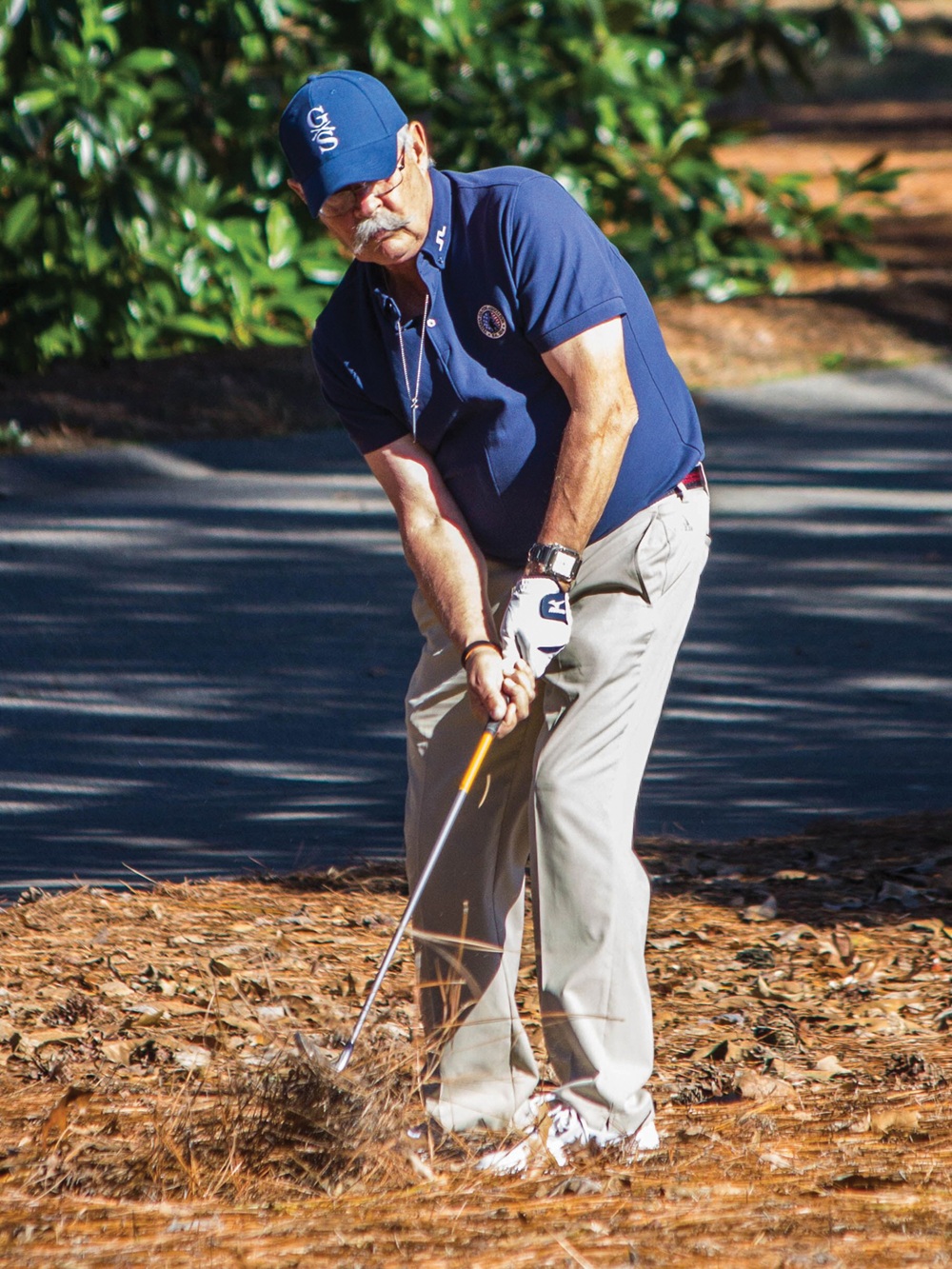GolfStatus.org: Thanks for sitting down with us to talk about this new partnership and fundraising in general.
Mike: Thank you for inviting me—more than happy to talk with you. We’re really excited about collaborating with GolfStatus.org and what you can bring to our members. Plus, personally, I don’t ever mind spending a little time on a golf course, especially given the times we’re in. It can be very relaxing.
GolfStatus.org: Speaking of, how are fundraising professionals overcoming the challenges of the current fundraising climate?
Mike: This is one of the most unique and challenging environments the fundraising profession and charitable sector have ever been in. We don’t know how long COVID-19 will last, and there are economic, social, and personal impacts that may be with us for a long time. Dealing with COVID-19 was already a rollercoaster of emotions, and then we experienced the anger, frustration, sadness, and pain of the last several weeks, watching the U.S. and the world respond to the murders of George Floyd, Breonna Taylor, Rayshard Brooks, and countless other people of color.
There’s been a lot of change, but the one thing that hasn’t changed is the need for fundraising. Yes, we need to approach people with empathy and sensitivity. But we still have to approach them. We cannot turn down our fundraising when the needs of our communities have only increased, not decreased.
We have to remember that our donors want to support causes. They want to let their principles and values be known. They want to have a voice and create impact. And with many in isolation, they will want to talk with us about everything—how they’re feeling, how they have been impacted, what they think we should do. Fundraisers can be an important outlet when we communicate with them.
I like to say, fundraising is the IMPACT profession, and now we have an opportunity to show just how important our organization is and the impact we create. But more than ever we need to understand our donor base. Who’s most in jeopardy for not giving anymore this year? Who could use a little personal contact in order to ensure their gifts? And how do we best communicate with them all?
I would suggest three things. One, take a deep dive into your database and separate donors by group and who needs to be contacted. Two, this is the time to ASK your donors what they want and need during these times. How awesome will they feel to be sent a communication that doesn’t ask them for money, but instead what they’re thinking about what’s happening in their life and how you can be their partner.
Third and finally, develop action plans for every three months or whatever works for your organization. It’s very easy to get bogged down, with just the pressures of working from home, trying to keep in touch with everyone remotely, and the constantly changing environment. One way to help keep staff, donors, and others focused and energize is to have shorter plans (three months, for six months out, and for the rest of the year). What can you accomplish in three months that you can then celebrate and use the momentum from for the next three months?



































